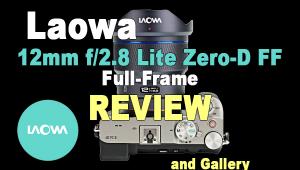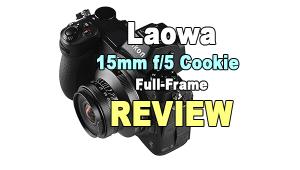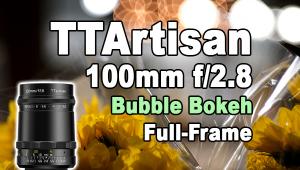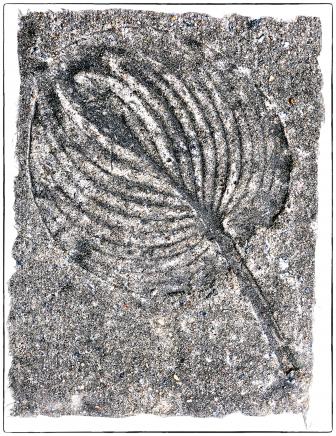Nikon AF-S Nikkor 80-400mm f/4.5-5.6G ED VR Lens: Versatility For Both DX And FX Formats
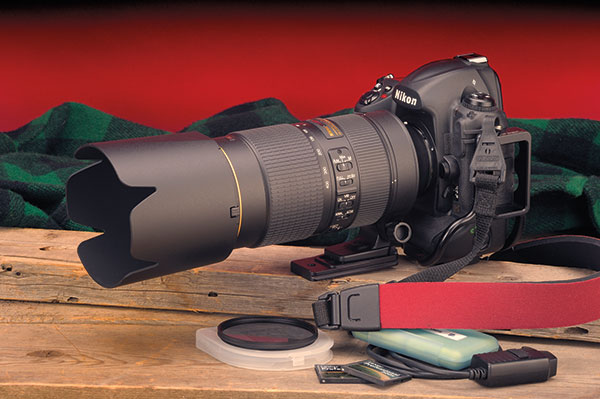
Considering that this opticis only a tad slower than the Nikkor 200-400mm f/4, with a drop of a stop when you zoom out, has a 5x zoom range, is lighter, and costs about half of the near $7000 price tag of the 200-400mm f/4, it is certainly worthy of consideration for those who can appreciate what it has to offer in both range and versatility.

The lens is made for full-framers (FX) but because of the Nikon mount compatibility can of course be used with DX (APS-C) models as well, albeit with the 1.5x multiplication factor, making it in effect a 120-600mm zoom. Construction of the lens is polycarbonate rather than the traditional metal, which helps with the weight, but it retains a metal mount and weather sealing, plus uses the now standard, professional, 77mm filter size.
The zoom ring is forward of the shoe on the tripod collar, which makes for a good sense of balance when hand holding. It requires only a quarter turn to go from 80mm to 400mm, and is well engineered so there’s no “zoom creep” when shooting downward. The front part of the lens extends outward when zoomed out to 400mm, but this part of the lens is streamlined—more on the idea of the 70-300mm lens—so it actually looks like part of this lens, not an add-on. Behind this is the manual focusing ring and window that shows the distance in both feet and meters. Closest distance at all zoom positions is just under 5 feet (4.92) using manual focus.

All Photos © Stan Trzoniec
A tripod collar has been included but, in all honesty, this is the only criticism I have with this lens. While it is okay for the most part, it reminds me of the same design employed on their 300mm f/4 lens, which feels a bit gritty and is hampered by its lack of smoothness on a tripod. For those who might get annoyed by this collar when shooting fast-acting sports, for example, it is detachable via a quick turn to the factory mark and off to the rear. For mounting on a tripod, I installed an Arca plate on the base for easy-on, easy-off when in the field. Since this is a “G” lens there are no f/stop markings at the mount; instead, all controls are accessed via command dials.

Lens Controls
The left side of the lens has more than enough controls to please the most discriminating gear head. The slider at the top relates to the focusing positions on the lens. The A/M control allows transfer between auto and manual focus with a lower sensitivity to accidental movement when making the switch. Mid-position on that control is for when you want a smooth transition from autofocus to manual without a time lag. Finally, M is when you want complete manual control with just enough “drag” for precise focusing.
The next slider is for setting the range of the focusing. Full allows the lens to travel fully from infinity to the closest focusing range; pushing it to the right limits the range from infinity to just under 20 feet (6 meters), for those times when the action is hot and you don’t want the lens to hunt. Below that is the Vibration Reduction (VR) switch, which is simply on or off. Nikon claims VR here will buy you four stops when shooting hand held. Normal is for just about everything and Active is for those times when you might be shooting from a moving platform, such as a moving vehicle or helicopter. New to this lens is the zoom lock that allows you to secure the zoom ring in the 80mm position for travel.


Optical Construction
Internally, it has been beefed up as well. Along with 20 elements in 12 groups (as opposed to 17 elements in 11 groups in the older version), the interior makeup is completely new. Looking at the engineering profile of the lens, some of the spacing between elements has changed and, while the usual assortment of luxury ED glass is included, there is one Super ED glass element that as far as I know is only incorporated on one other Nikon lens—the 200mm f/2. The Super ED element helps sharpness and contrast, a seeming complaint with the previous version. Looking even closer, the rear element has been moved forward quite a bit, an obvious shift in design to accommodate the use of tele-converters.
Nikon’s proprietary Nano Crystal Coat has been added to reduce the effects of light entering the lens on a diagonal angle. Along with this, Nikon’s Super Integrated Coating is included to enhance image quality and performance on the remainder of the glass. Nikon’s Silent Wave focusing motor ensures quiet, fast, and dependable sharpness in just about any lighting condition or focal length; a huge improvement over the screw-driven lenses of the past. To finish off the package, Nikon includes a compatible lens hood that reverses for travel or storage plus a flexible lens pouch.

In The Field
Before shooting in the field, I made some tripod-mounted tests at home. These revealed that at all focal lengths from 80mm to around 200mm, f/6.3 or f/7.1 were the sharpest. From 200mm up to 400mm, f/7.1 or f/9 yielded truly well-defined photographs right out to the corners. I also put it through a good workout with DX cameras, plus a 1.4x tele-converter. The 1.4x extender drops a stop, but still gave excellent results in FX. With DX-format cameras and the extender you get an equivalent focal length of about 840mm. Keep in mind here that my testing involves personal field experience—not bench testing—and in all instances I was pleased with the results, judged from making large prints from the images.
Throughout my tests I made it a point to employ it without the aid of atripod, considering it a “walk-around” telephoto. I can say without reservation that my images are crisp (if I did my part), that it’s fast on the uptake and tracking, and that I wouldn’t hesitate to take it to the zoo, a neighborhood park, a sporting event, or even on my next African safari. And when I invest in a trip like that I always want to be sure I’ve got the best glass for the job. It’s versatile, agile, and I can honestly say that’s it’s a happy marriage of technology and design.

The Nikon AF-S Nikkor 80-400mm f/4.5-5.6G ED VR lens has a list price of $2699.95. For more information, please contact Nikon Inc. at www.nikonusa.com.
AF-S Nikkor 80-400mm f/4.5-5.6G ED VR Lens
Lens Construction: 20 elements in 12 groups (includes four ED elements and one Super ED element)
Diaphragm Blades: Nine rounded
Minimum Focusing Distance: 5.74 feet with autofocus
Maximum Diameter: 3 5/8”
Maximum Length: 8” (without lens hood)
Weight: 3.5 lbs with the tripod collar
Stan Trzoniec is a frequent contributor to Shutterbug. His latest coffee-table book, Prime Mover!, is a study of the contemporary diesel locomotive in America and is available and autographed through his website, www.outdoorphotographics.com. Trzoniec can be reached via e-mail at fotoclass@aol.com for brief questions.
